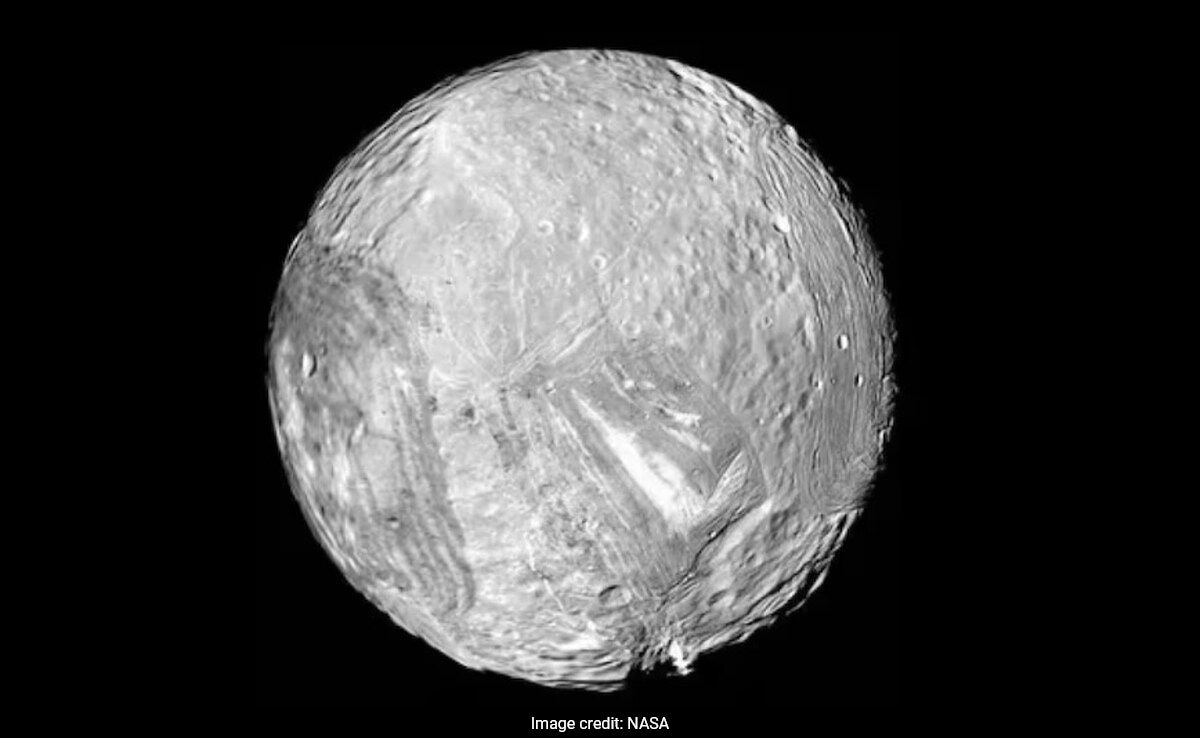Voyager 2's Visit to Uranus May Have Uncovered Hidden Oceans and Life

In a groundbreaking study published in Nature Astronomy, researchers have re-examined Voyager 2's nearly 40-year-old data on Uranus and its five largest moons, suggesting that the planet and its moon system may be more complex than previously thought.
The new findings indicate that Voyager 2's visit to Uranus coincided with a severe solar activity event, which could have temporarily disrupted the planet's magnetic field and swept away atmospheric material. This has led scientists to re-examine their previous understanding of Uranus and its moons, according to Dr. William Dunn from University College London.
"The results suggest that the Uranian system might be far more intriguing than we thought," said Dr. Dunn. "There may be moons there with conditions that could support life, possibly hiding oceans below their surfaces."
The research, led by NASA scientist Jamie Jasinski and funded in part by the European Space Agency, aimed to re-analyze Voyager 2's data from the 1986 flyby. The findings have sent shockwaves through the scientific community, with many experts hailing the discovery as "exciting" and potentially game-changing.
"It's thrilling to think there's potential for life in the Uranian system," said Linda Spilker, a young scientist on the Voyager team who now serves as project scientist for the Voyager missions. "It's amazing that scientists are still uncovering new insights from data collected over 30 years ago."
NASA is already planning a return mission to Uranus, the Uranus Orbiter and Probe, expected to launch in the next decade. The probe will play a crucial role in determining whether the remote, icy moons could indeed host life.
With NASA's expected arrival in 2045, scientists hope to uncover the truth behind these "cold" worlds and potentially answer one of humanity's most pressing questions: are we alone in the universe?
